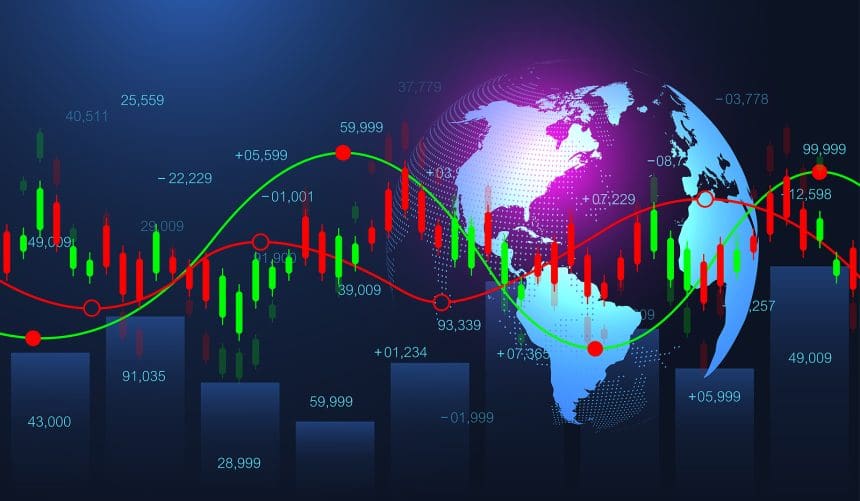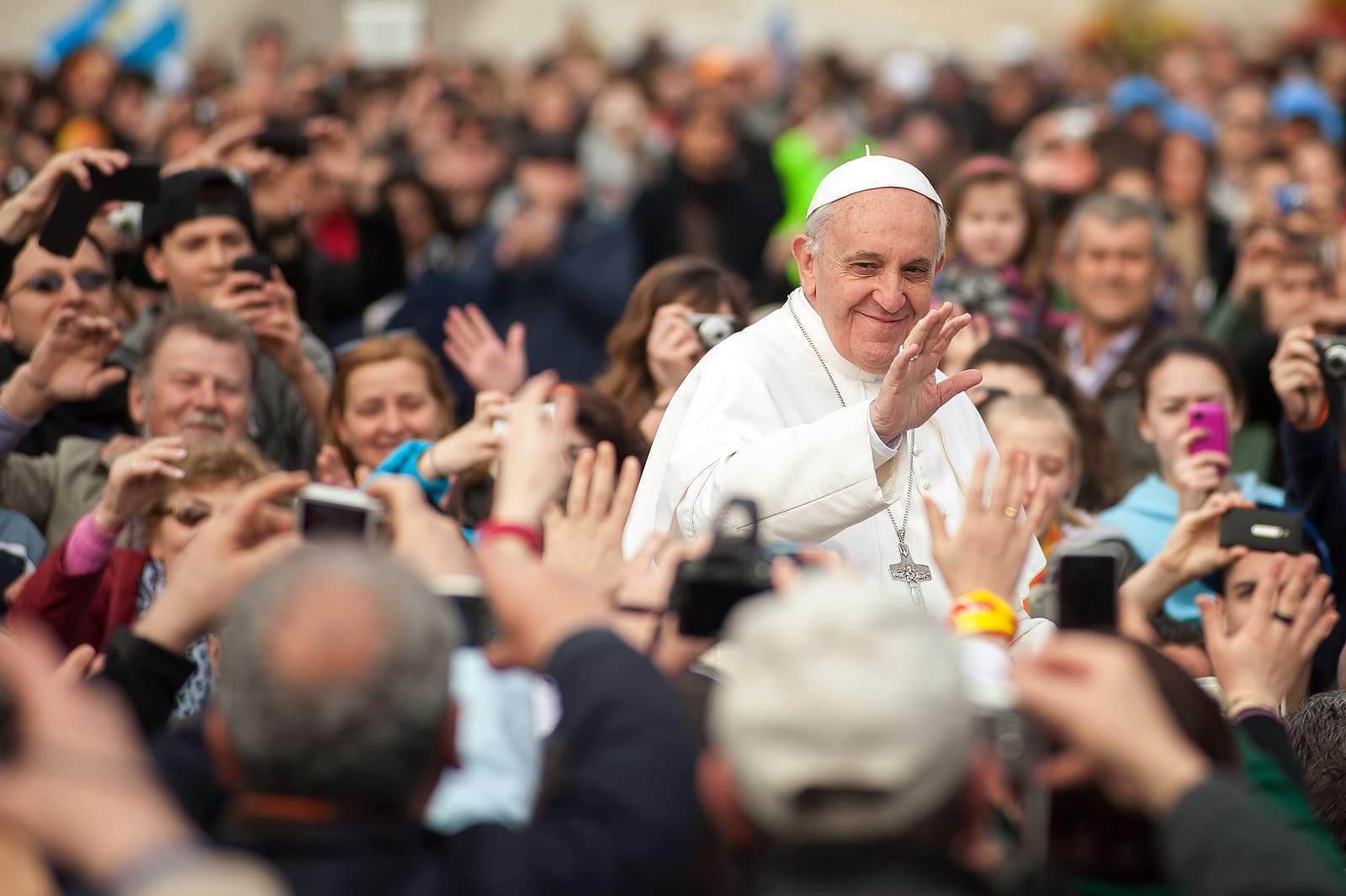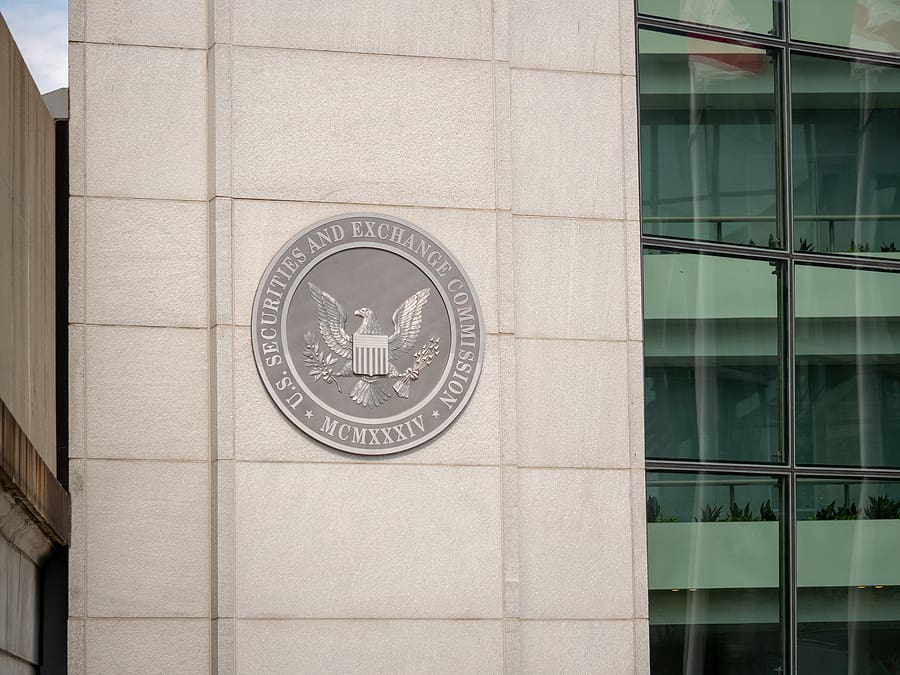Global Markets Rattle as Trade Tensions and Political Uncertainty Shake Investor Confidence
(STL.News) Global financial markets opened the week with heightened volatility on Monday, as investor sentiment took a sharp downturn amid escalating U.S. trade tensions, political uncertainty, and growing fears of economic instability. From Wall Street to Asia, stock indices reflected a cautious and defensive stance by traders as the dollar dropped, gold surged to new highs, and cryptocurrencies gained traction as alternative assets.
Wall Street Futures Dip Ahead of Opening Bell
U.S. stock futures pointed to a rough start for the markets on Monday morning. Futures tied to the S&P 500 and Nasdaq were down 0.75% and 0.8%, respectively, indicating continued nervousness over geopolitical developments and Federal Reserve leadership.
Investors are closely watching the White House, where President Donald Trump‘s recent criticism of Federal Reserve Chairman Jerome Powell has added a new layer of instability. Reports suggest that discussions about potentially replacing Powell are intensifying behind the scenes, sparking alarm among economists and investors alike.
These political undercurrents, combined with fresh tariff announcements, have clouded the outlook for corporate earnings and economic growth. Traders fear that Washington’s aggressive trade posture could lead to prolonged global friction, slowing international trade, and hurting American exporters.
Dollar Weakens as Safe-Haven Demand Surges
Adding to the market drama, the U.S. dollar plunged to a three-year low against the euro and a seven-month low versus the Japanese yen. The decline in the dollar’s value reflects a broader loss of investor confidence in the direction of U.S. fiscal and monetary policies.
A weaker dollar, while potentially helpful to American exporters, increases the cost of imports and can lead to inflationary pressures domestically. Currency traders are reacting not only to trade policy concerns but also to uncertainty over the Federal Reserve’s future actions in light of political interference.
With the dollar slipping, investors turned to traditional safe-haven assets for protection.
Gold Hits Record High as Investors Flee to Safety
Gold soared to an all-time high of $3,391.62 per ounce early Monday. The precious metal’s dramatic rally underscores the growing anxiety in global markets. In times of uncertainty, gold is typically viewed as a stable store of value, and current geopolitical tensions have created the perfect storm for a price surge.
Demand for gold has been driven by both institutional and retail investors looking to hedge against market volatility, inflation risks, and declining confidence in fiat currencies.
Bitcoin Continues Upward Momentum
Cryptocurrencies also benefited from the instability. Bitcoin gained nearly 3% on Monday, climbing to approximately $87,515.88. As traditional markets falter, more investors are viewing digital assets as viable alternatives, particularly in light of central banks’ ongoing struggles with inflation control and economic stagnation.
Bitcoin’s performance mirrors a growing global trend toward decentralized finance (DeFi) and digital asset investment. As trust in government-led monetary systems fluctuates, many investors are choosing to diversify into blockchain-based instruments.
Asian Markets React to U.S. Policy and Economic Data
Across the Pacific, Asian markets displayed mixed reactions to the evolving global picture. Japan’s Nikkei 225 fell 1.3%, mainly due to concerns over potential U.S. tariffs on auto imports. Japan’s auto industry remains heavily reliant on American consumers, and any trade disruption could significantly impact the sector’s profitability.
Taiwan’s Taiex index also dropped by 1.5%, while China’s Shanghai Composite managed to post a modest 0.5% gain, fueled by renewed stimulus measures aimed at boosting domestic demand.
In South Korea, the Kospi inched up 0.2%, reflecting cautious optimism around tech earnings. Meanwhile, India’s Sensex rose 1.1%, supported by better-than-expected Q1 results from major financial institutions and a growing domestic consumption trend.
Oil Prices Dip on U.S.-Iran Developments
Crude oil prices slid on Monday, with Brent crude falling $1.15 to $66.81 per barrel and U.S. West Texas Intermediate (WTI) dipping $1.10 to $63.58 per barrel. The decline came in the wake of reported progress in diplomatic negotiations between the United States and Iran.
Market analysts suggest that a renewed nuclear deal could bring additional Iranian oil supplies to the global market, which would soften prices in the near term. However, oil remains a wildcard given ongoing geopolitical tensions in the Middle East and fluctuating demand signals from major economies.
What’s Driving the Market Chaos?
The confluence of factors shaking global markets this morning boils down to three key themes:
- Geopolitical Instability —
“”
“”
“’”










